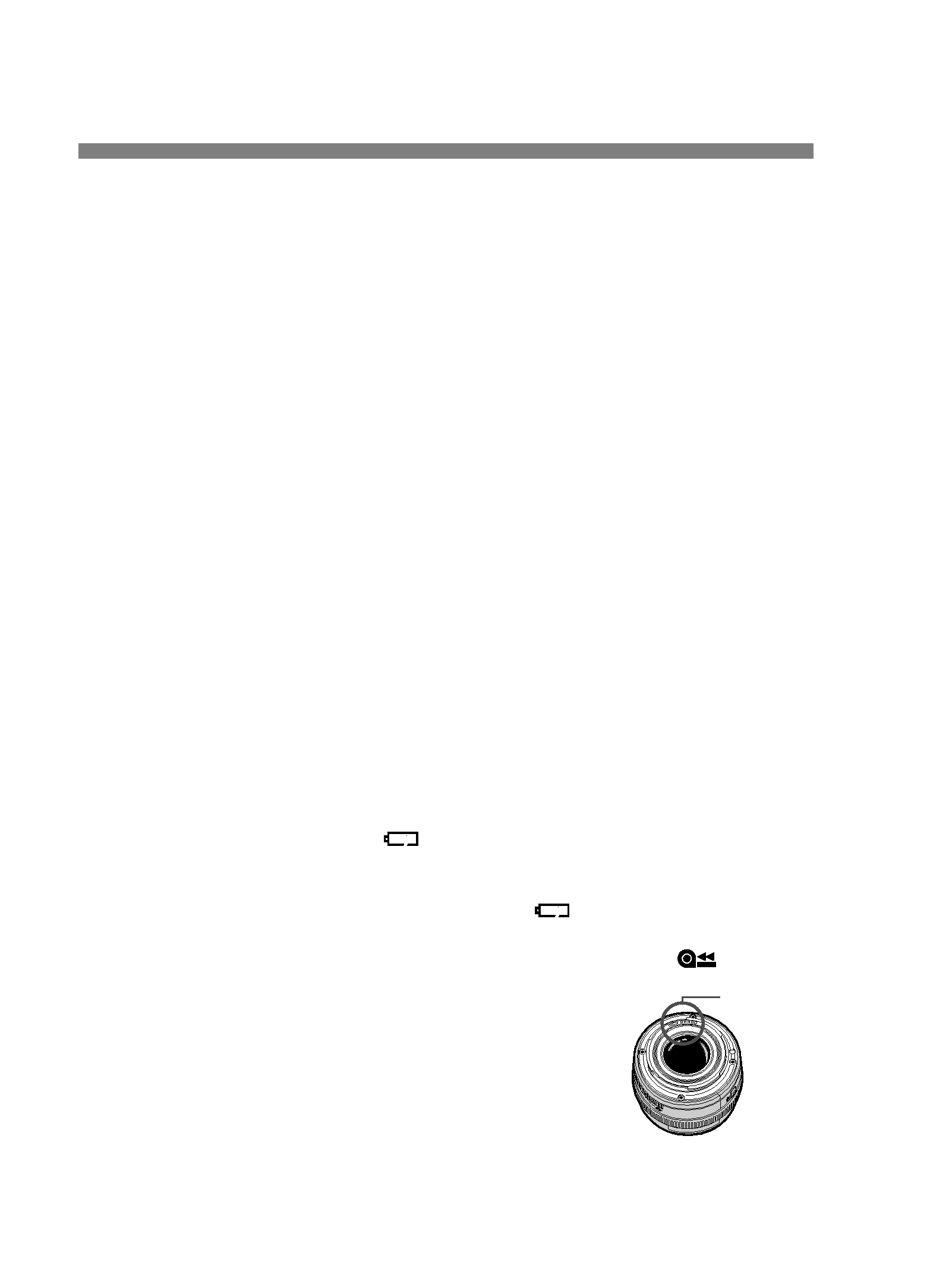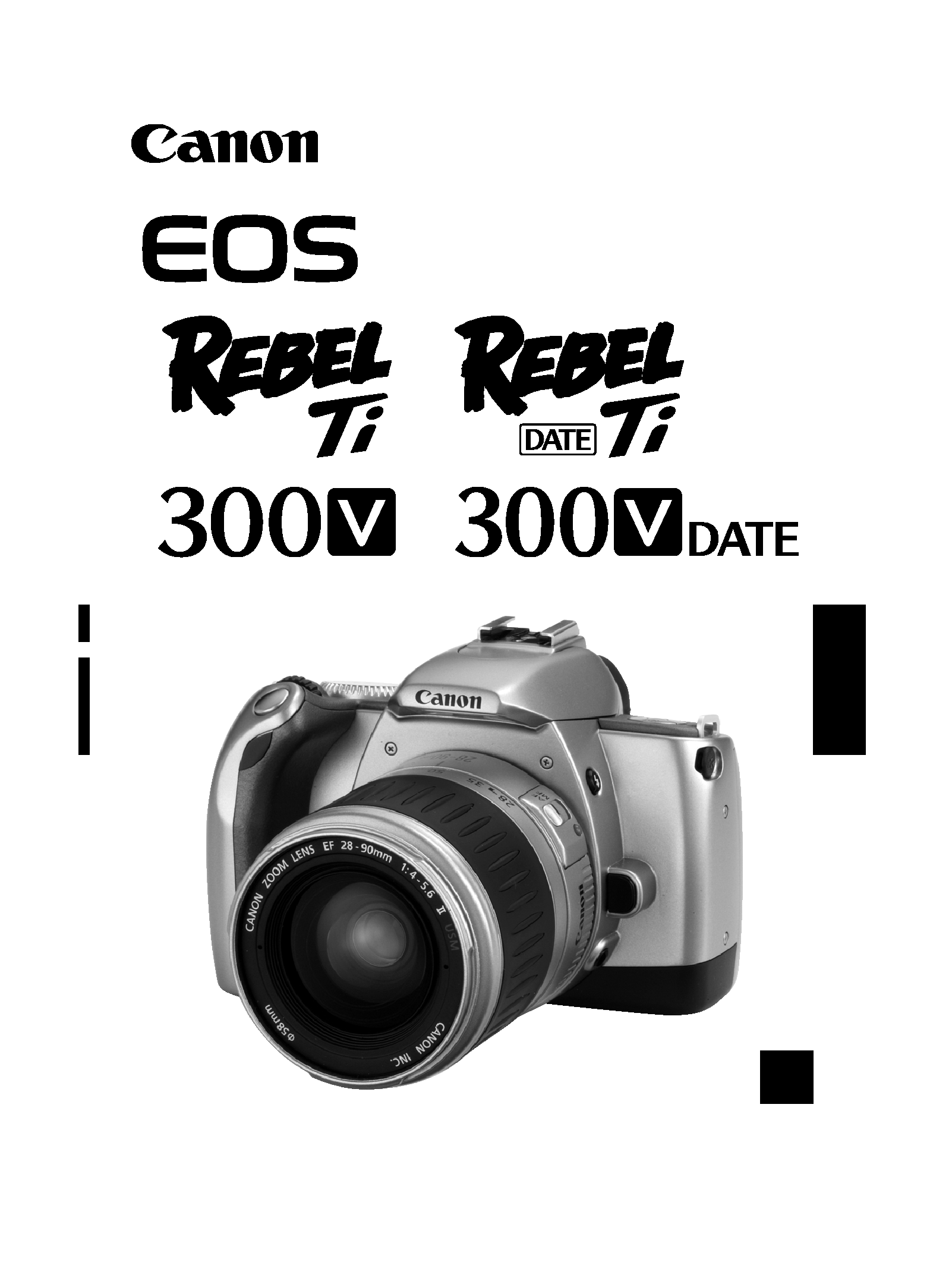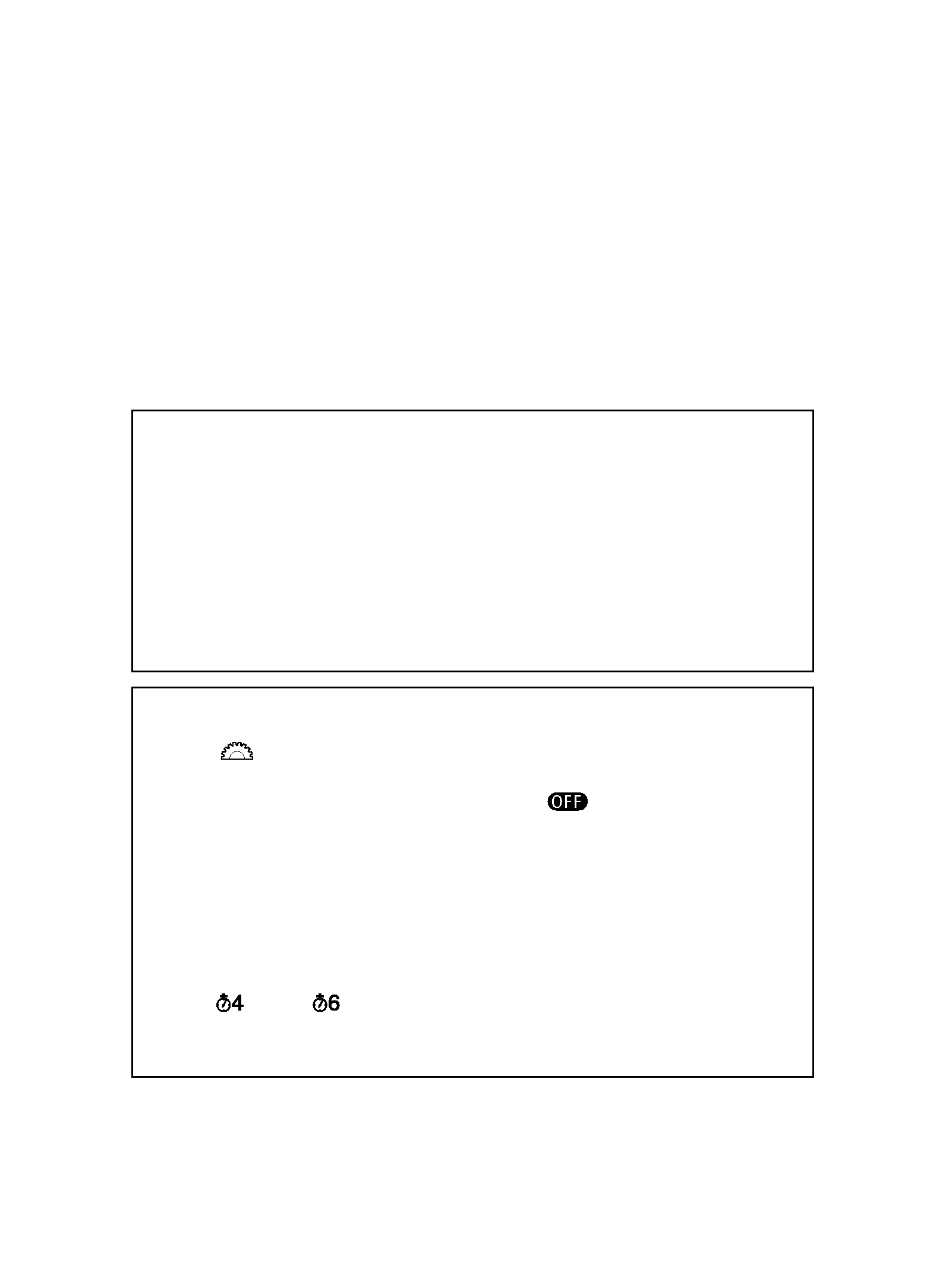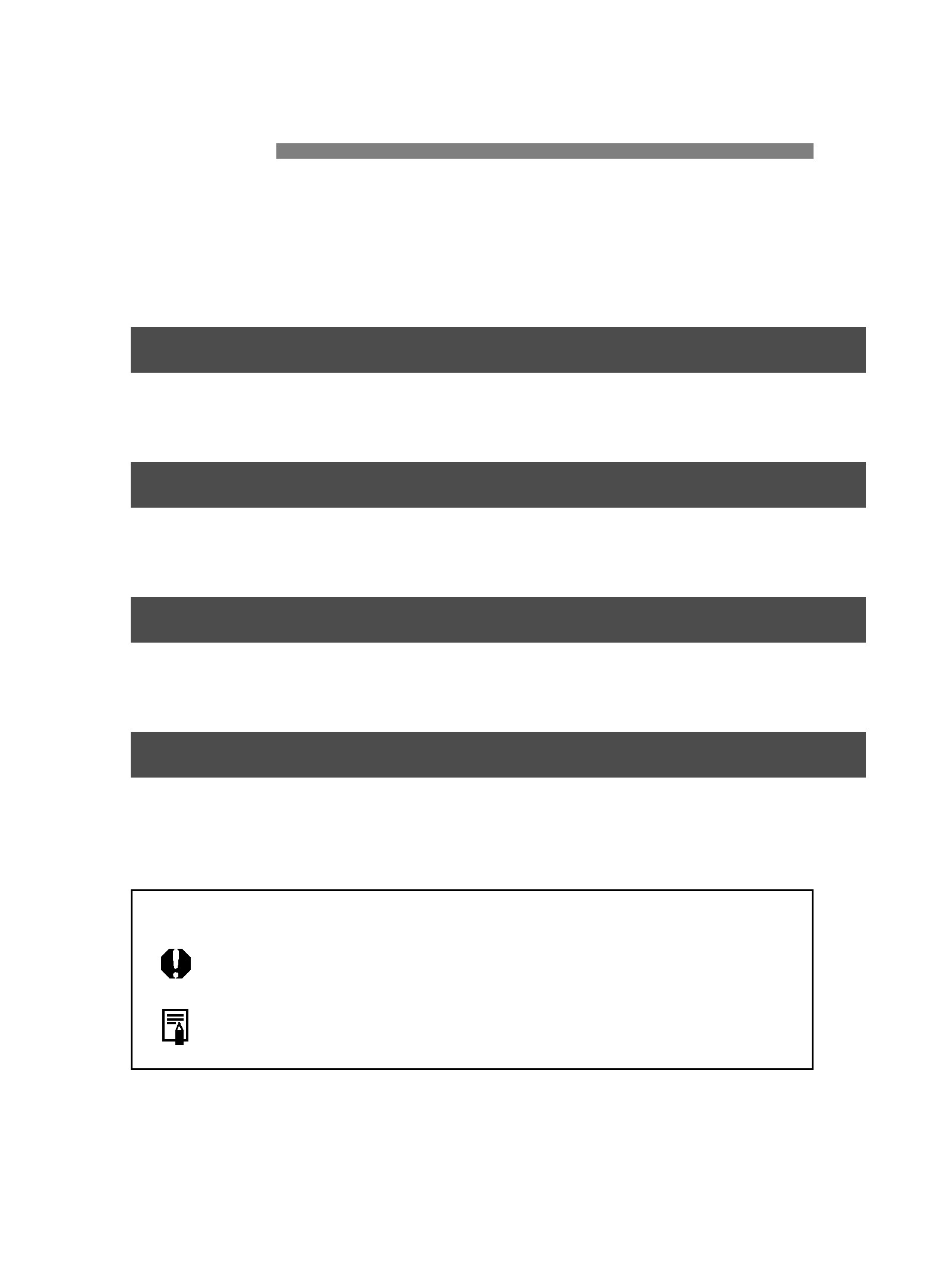
5
LCD Displays
In time, the camera's LCD panel display and the LCD display in the
viewfinder may fade and become difficult to read. If this happens, have it
replaced (at cost) by a Canon Service Center.
At low temperatures, the LCD display response may become slower.
And at 60°C/140°F or higher temperatures, the display may blacken. In
either case, the display will return to normal at room temperature.
Lithium Batteries
(1) The camera operates on two CR2 lithium batteries. Check the
battery level in the following cases (
page 14):
· After replacing the batteries.
· After not using the camera for an extended period.
· The shutter stops working.
· The camera is being used in a low-temperature environment.
· You will be shooting an important event.
(2) Before installing the batteries, wipe the battery contacts to remove
any fingerprints and smudges. This is to prevent faulty connections
and corrosion.
(3) Never disassemble or recharge the batteries. Also, never store a
battery in high-temperature places or short circuit the battery
contacts or toss a battery into a fire.
(4) Although the batteries work well even at low temperatures, battery
performance may decline slightly at freezing temperatures. In such a
case, keep spare batteries warm in a pocket, etc., and use and warm
the batteries alternately.
How Low Battery Levels Affect Camera Operation
On the LCD panel, if the <
> icon blinks or it is not displayed, a
proper exposure can still be obtained as long as the shutter releases.
However, when the battery level is low, film advance and auto rewind
might stop midway or not work at all and <
> may blink on the LCD
panel. After the batteries are replaced with new ones, film advance will
be possible and film rewind can resume by pressing the <
> button.
Lens Electrical Contacts
After detaching the lens from the camera, put
on the lens caps or put down the lens with the
rear end up to avoid scratching the lens surface
and electrical contacts.
Contacts
NNN E SEC0 (2-12)
02.5.11 11:13 AM
Page 5












